FLK Zinj and the Zinjanthropus
What is FLK Zinj?
Mary and Louis Leakey discoveredZinjanthropus boisei (Zinj) at this site known as FLK in 1959, then the oldest significantly intact hominid fossil from Olduvai Gorge. From the 1960-61 excavation of the Level 22, i.e. the FLK-Zinj layer, Leakey reported approximately 2500 Oldowan stone artifacts and 3500 fossil bone specimens, including remains ofHomo habilis and Zinjanthropus (later renamed Paranthropus boisei). The site is recognized as one of the prime examples of a localized, dense concentration of Oldowan tools and fossilized bones. The significance of the site for understanding the origins of sophisticated hominin behavior, such as foraging strategies, is documented by abundant butchered bones and evidence of repeated transport of portions of at least 48 large mammal carcasses (mostly Bovidae) to this location on the paleolandscape.
Why this unique archaeological site occurred at this specific location in the Olduvai Basin has remained a mystery. FLK Zinj was considered to have occupied an undetermined spot in a barren lacustrine floodplain based on the original interpretation of its geological context as a “near-lake” location. However, the recent discoveries carried out by TOPPP (The Olduvai Paleoanthropological and Palaeoecological Project) have shown that this spot was near a fresh-water source available to hominins less than 200 m away from the high-density patch of stone tools and butchered bones observed at the site. Here at the Zinj site itself, abundant plant silica bodies (phytoliths) from woody dicotyledons and palms were found, which attest to the presence of trees and/or shrubs. Hence, the paleoenvironmental context at FLK-Zinj appears to offer a spring-fed watering hole and an adjacent woodland that would have provided a relatively safe location from carnivores for hominins to butcher animals. The spring would have provided an attraction given the abundance of fauna and the woodland a temporary respite of safety for multipurpose activities of hominins producing tools and consuming animals.
The site thus seems to have been a sort of primitive version of a home base that the ancestors of our genus used repeatedly over time and in which some basic features of human behavior, such as intentional food-sharing, seem to have taken place.
Were the early humans at FLK-Zinj hunters or scavengers?
Traditional interpretations of hominid strategies of carcass acquisition revolve around the debate over whether early hominids hunted or scavenged. A popular version of the scavenging scenario is the carnivore-hominid-carnivore hypothesis, which argues that hominids acquired animal resources primarily through passive, opportunistic scavenging from felid-defleshed, abandoned carcasses. Its main empirical support comes from the analysis of tooth mark frequency and distribution at the FLK Zinj site, in which it was claimed that certain bones exhibited a high frequency of tooth marks, only explainable if felids had preceded hominids in carcass defleshing. The work carried out by TOPPP (The Olduvai Paleoanthropological and Palaeoecological Project) shows that previous estimates of tooth marks on the FLK Zinj assemblage were artificially high, since natural biochemical marks were mistaken for tooth marks. Revised estimates are similar to those obtained in experiments in which hyenas intervene in bone modification only after thorough butchery by humans. Furthermore, analyses of percussion marks, notches, and breakage patterns provide data which are best interpreted as the results of hominid activity (hammerstone percussion and marrow extraction), based on modern experiments.
Cut marks occur on over 250 fossil bones from FLK Zinj, and they cluster on meaty bones and on sections of these bones where no scraps of flesh survive carnivores´ initial consumption of their prey. They have been documented on all the anatomical sections of the animals: inside of their rib cages (indicating evisceration), on the ends of some limb bones (indicating dismembering) and on the shafts of limb bones (showing filleting). Cut marks at FLK Zinj occur in similar frequencies to those experimentally replicated when butchering fully fleshed carcasses.
These multiple lines of evidence indicate that hominids had early access to fleshed carcasses that were transported, processed, and accumulated at the FLK Zinj site. Hominids did not acquire these animals by being passive scavengers. Meat consumption, therefore, was one of the key elements that made us human.
As of 2010, IDEA, NCAA and the Antiquities Department in Tanzania have made a reconstruction of FLK Zinj at the site, in which all this novel interpretation and the research associated with it can be seen by the thousands of tourists who every year visit Olduvai Gorge.
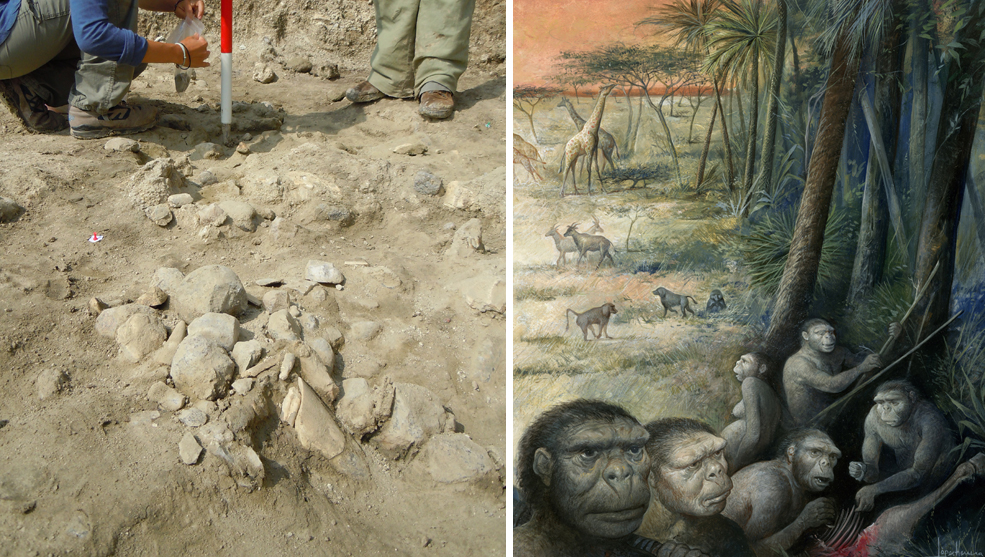
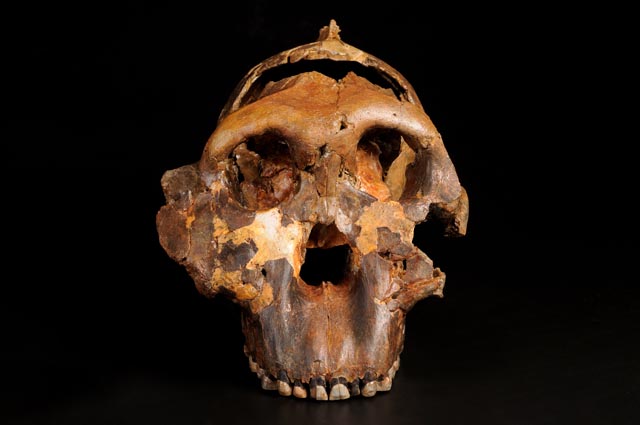
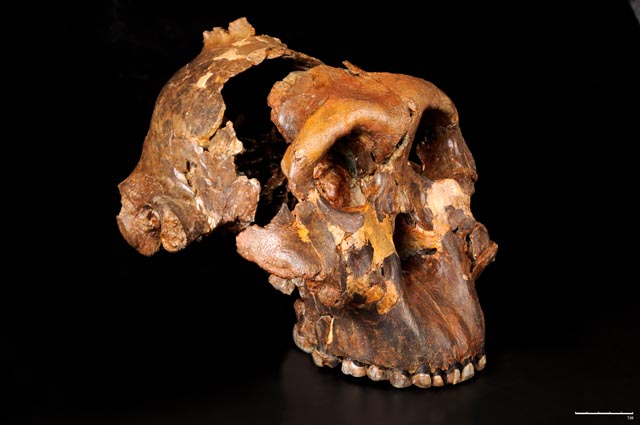
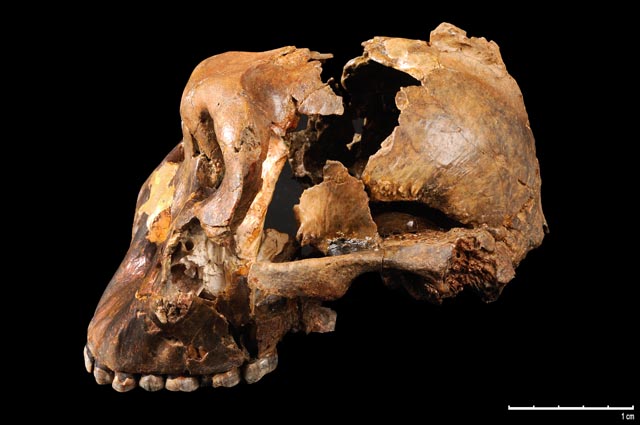
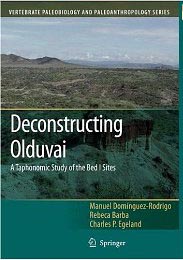
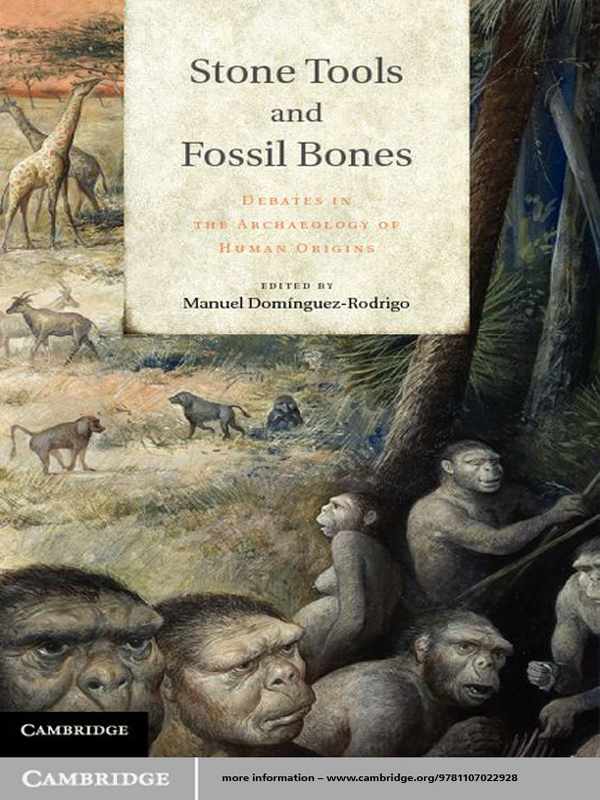
No comments:
Post a Comment